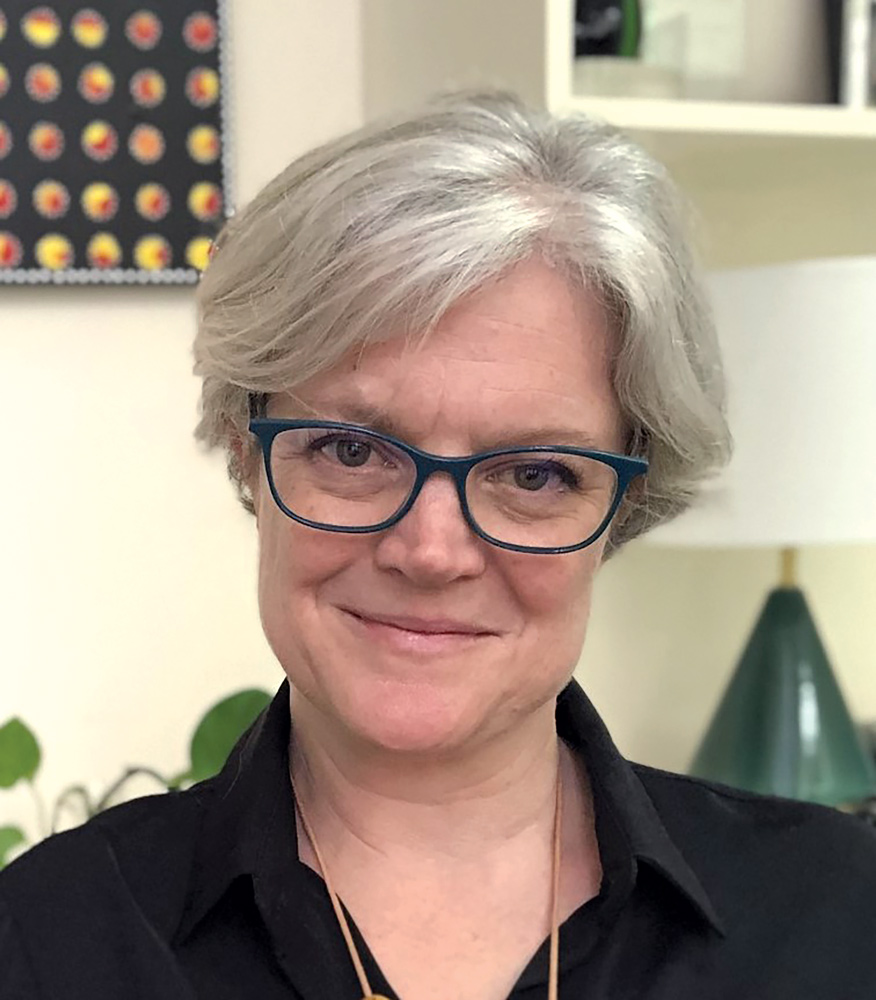No medic is an island, says obstetrician Dr Katrina Calvert.
In 1623, the then Dean of St Paul’s Cathedral in London wrote a series of meditations, one of which has passed through the filter of time to be recognised as a fragment of poetry.

John Donne’s idiom, ‘No man is an island’ is as recognisable as the phrase which closes the same passage: ‘Any man’s death diminishes me, because I am involved in mankind. Therefore, never send to know for whom the bell tolls; it tolls for thee.’
When the bell tolls for any member of the medical community we are all impacted – never more so than when the death of a doctor is through suicide.
Physician suicide is a well-recognised but poorly understood phenomenon. Doctors frequently demonstrate factors which, in the general population, would be protective against suicide, such as high socioeconomic status, high income and postgraduate levels of education.
Despite these protective factors, suicide rates amongst doctors remain higher than the general population and are thought to be rising.
The 2017 National Forum on Reducing the Risk of Suicide in the Medical Profession outlined several reasons why this may be so. Doctors and medical students are confronted with, and required to normalise, traumatic events, support services for medical staff can be patchy, and, where present, are often not well accessed, fatigue, burnout and mental health problems are common but remain stigmatised in some areas of medicine, and not enough doctors or medical students have a regular GP.
Doctors also have access to medical means to commit suicide, potentially increasing the risk of an attempt and the chances of that attempt succeeding. As regards physician suicide, the most ‘at risk’ groups in our profession are those facing regulatory enquiries, those with a background of chronic, severe, or undertreated mental ill-health, and those exposed to critical and distressing clinical incidents.
In recognition of the impact of mental ill-health, chronic trauma, and suicide on the medical profession, a framework for action was proposed in 2020 – Every Doctor, Every Setting. The framework outlines five pillars with specific actions to be taken at national, local and organisational level around implementing support for doctors. A key part of this discussion, included in the Tertiary Prevention sub-theme of the framework, is the implementation of effective responses following a physician suicide.
These responses must include:
Reaching out to family or next of kin
Particularly in the context of suicide occurring around critical clinical events, there may be a reluctance on the part of health care co-workers to reach out to the family for fear of provoking anger or blame. This can create a narrative whereby the sum of the accomplishments of a medical practitioner is negated by events around their death, robbing the family of the chance to celebrate what may have been a lifetime of commitment and positive contribution.
Covering admin and rosters
These may be obvious, such as acute care shifts that require cover, but there may also be patient results to check, clinic letters to sign, and email accounts to close.
Offering support to staff
Senior staff will need guidance as to how best to share the information of the death, and what information to share. Sensitivity and compassion will need to be balanced with confidentiality and clarity of communication. This may involve liaison with the next of kin to decide what information should be provided and what withheld.
Staff members may wish to attend a funeral, and this needs to align with the wishes of the family. Staff wishing to attend will need their rosters covering and appropriate leave organising – this should be centrally coordinated. Consideration may need to be given to the reallocation or redistribution of clinical and non-clinical tasks, to allow all staff members to process grief and minimise distress where possible.
Making long-term plans
Anniversaries can be difficult, as can significant events, such as the graduation of a group of trainees who have lost a member to suicide. Care and compassion around such events are essential.
No man is an island, every man is a piece of the continent, a part of the main. The continent of medical practitioners crosses geographical boundaries and is not limited by borders nor by time.
The loss of any member of the medical community to suicide is a tragedy that actively, intensely, diminishes us all. As a community we must come together to support each other when these tragedies occur, and we must collectively vow to do everything we can to prevent them in the future.
ED: Dr Calvert is a committee member of the Doctors’ Health Advisory Service WA, director of postgraduate medication education at KEMH.

